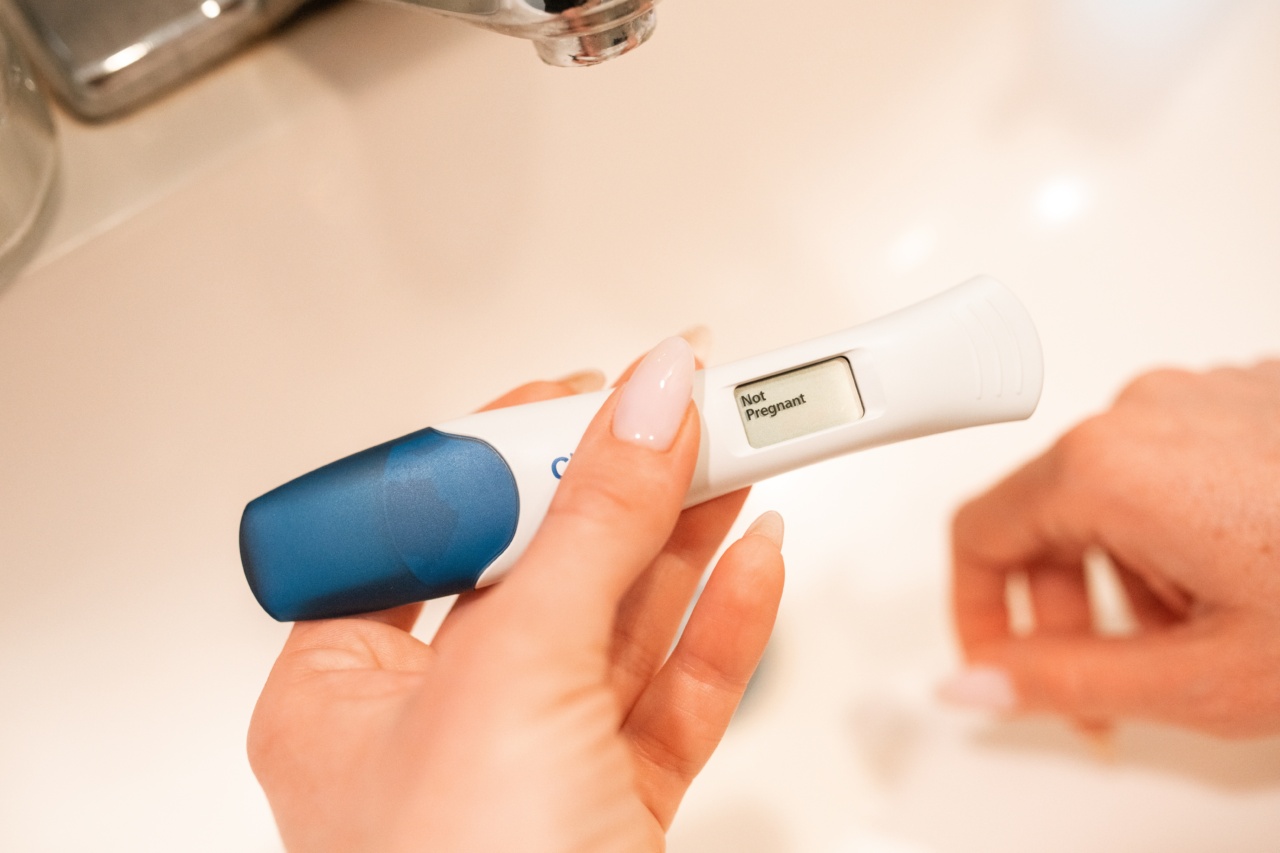High blood pressure, also known as hypertension, is generally considered a condition that affects adults. However, recent studies have shown that an increasing number of children are also dealing with high blood pressure.
This trend is particularly worrying given the potential long-term health consequences associated with hypertension. Here, we will explore the causes, symptoms, and treatment options for high blood pressure in children.
Causes
High blood pressure in children can be caused by a range of factors. In some cases, it may be due to an underlying medical condition such as kidney disease or diabetes.
In other cases, it may be the result of lifestyle factors such as poor diet, lack of exercise, and obesity. Genetics can also play a role in the development of high blood pressure, as can exposure to environmental toxins and stress.
Symptoms
High blood pressure is often referred to as a “silent killer” because it doesn’t typically cause any noticeable symptoms.
However, in some cases, children with hypertension may experience headaches, nosebleeds, fatigue, blurry vision, or shortness of breath. These symptoms can be caused by a number of factors, so it’s important to have your child evaluated by a healthcare professional if they are experiencing any of these symptoms.
Risk Factors
There are several risk factors that can increase a child’s likelihood of developing high blood pressure. These include:.
- Obesity or being overweight
- A family history of hypertension
- An unhealthy diet high in salt, saturated fats, and processed foods
- Lack of physical activity
- Excessive screen time
- Chronic stress
- Exposure to environmental toxins such as air pollution
Treatment
Treating high blood pressure in children usually involves a combination of lifestyle changes and medication.
Lifestyle changes can include eating a healthy diet low in salt and saturated fats, getting regular exercise, limiting screen time, and managing stress. Medication may also be necessary to help lower blood pressure to a safe level.
Prevention
The best way to prevent high blood pressure in children is to encourage healthy lifestyle habits from a young age.
This can include providing a healthy and balanced diet, encouraging physical activity and outdoor play, limiting screen time, and helping children manage their stress. Regular check-ups with a healthcare professional can also help identify any potential problems early on, allowing for prompt treatment if necessary.
Conclusion
High blood pressure in children is a concerning trend that needs to be addressed.
By understanding the causes, symptoms, risk factors, and treatment options for hypertension, parents and caregivers can take steps to prevent and manage this condition in children. Encouraging healthy lifestyle habits from a young age can go a long way towards preventing hypertension and promoting overall health and wellbeing.





























